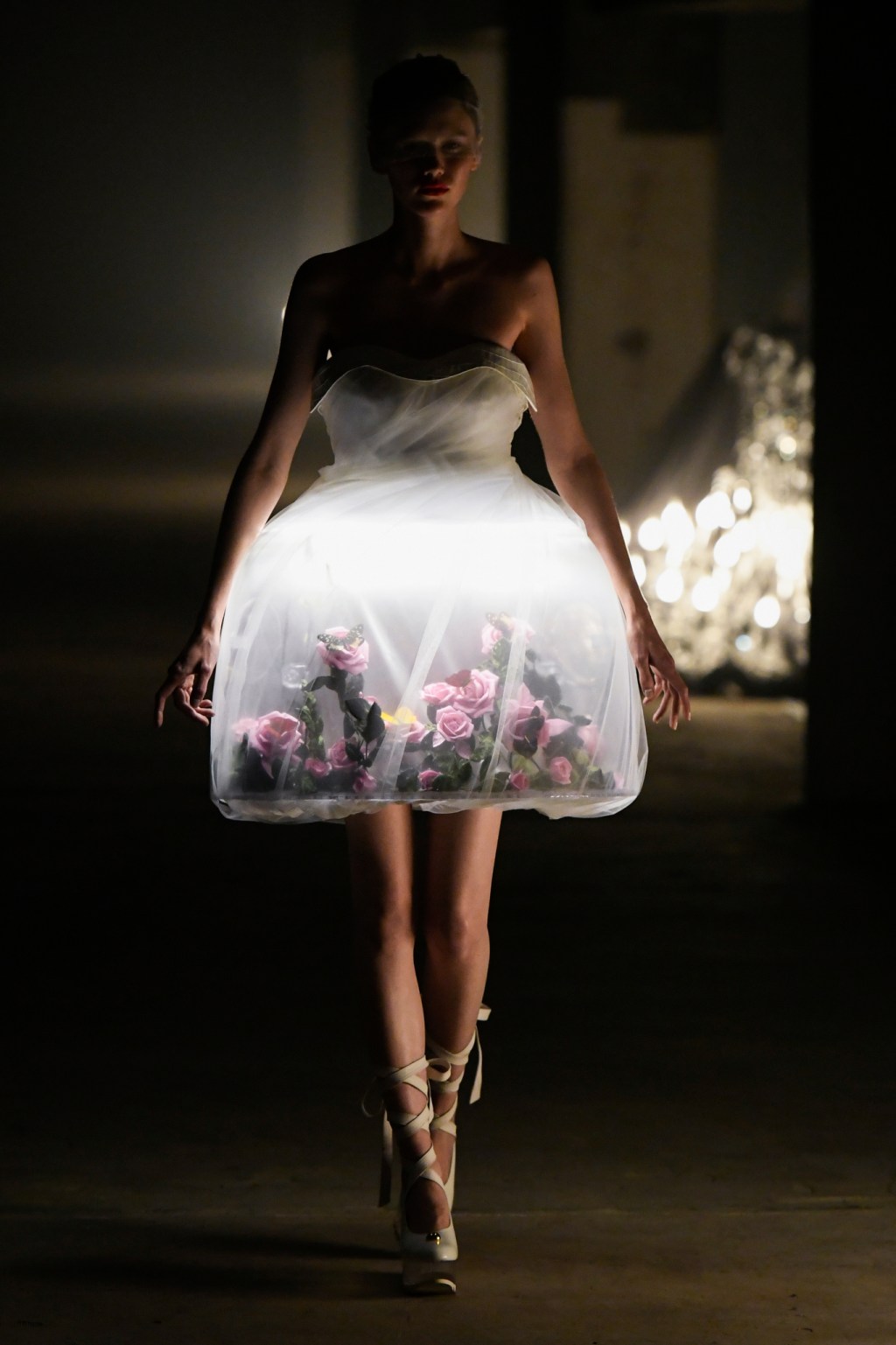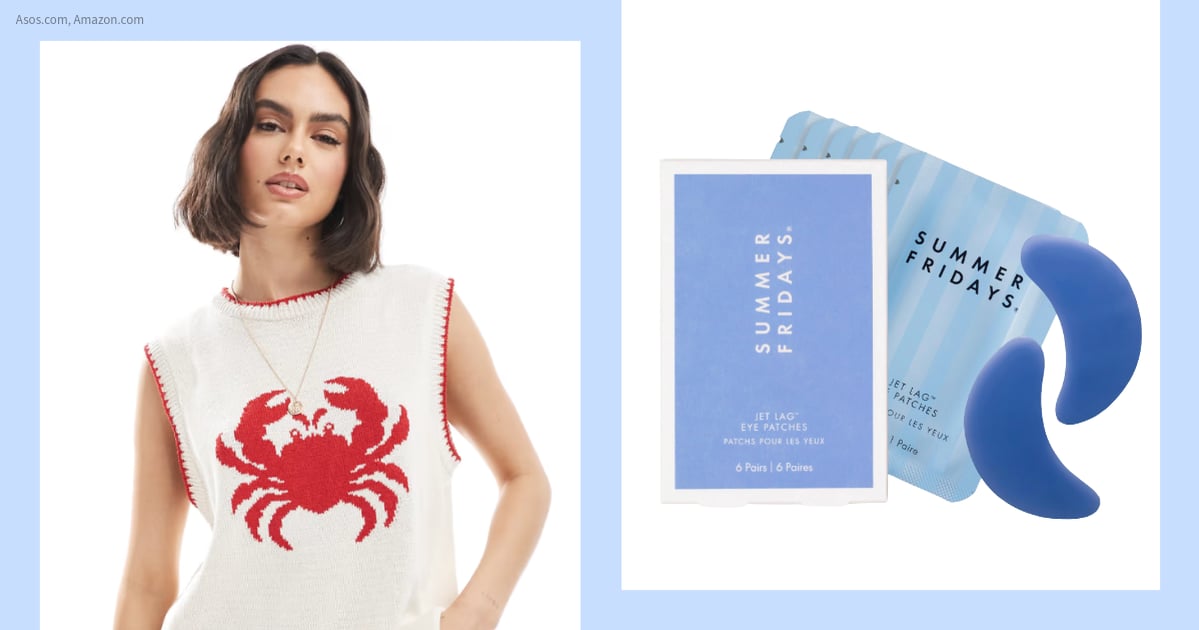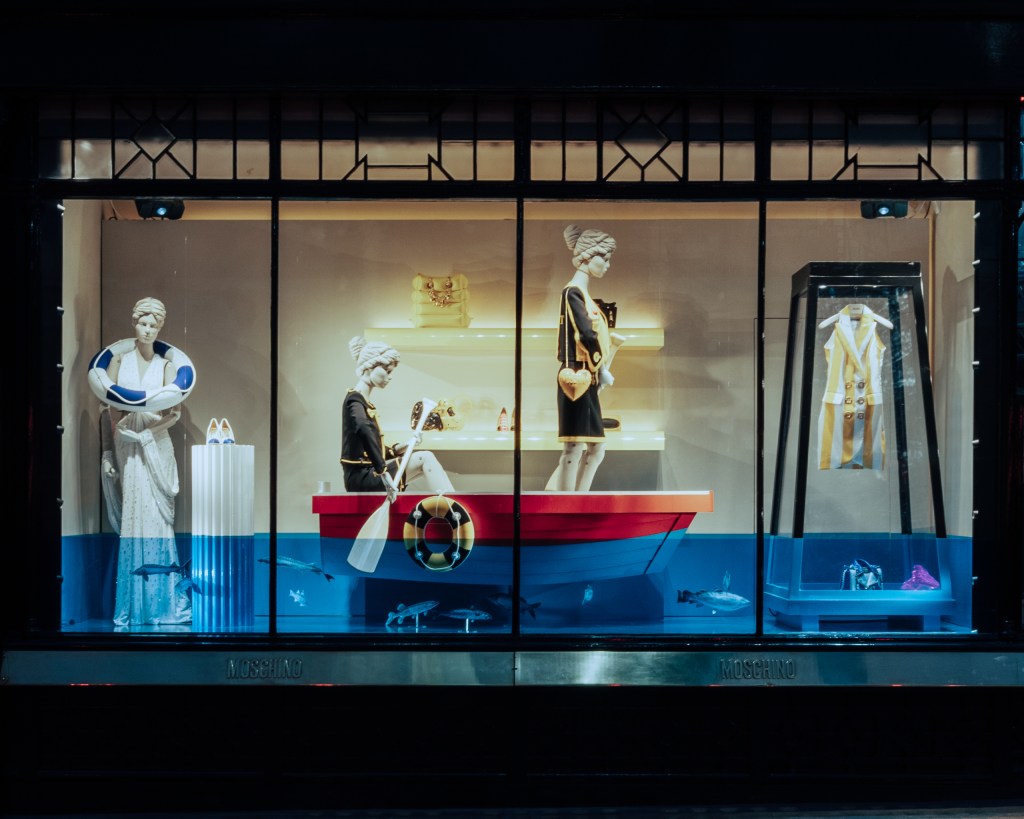ON SECOND THOUGHT: Undercover’s Jun Takahashi has had a change of heart about butterflies in fashion and he relayed that message in great detail to animal rights supporters.
After featuring terrarium dresses with live butterflies on the Undercover runway last month during Paris Fashion Week, the designer has vowed not to use them again. People for the Ethical Treatment of Animals appealed to the founder and creative director to do so on Oct. 10, and he replied nine days later with “a heartfelt letter,” according to a PETA representative, who shared a copy with WWD.
Takahashi said he came up with the finale idea of having butterflies flutter around artificial roses inside a transparent dress, but at the same time he was worried about the butterflies. Explaining how the experience of having a white butterfly appear by his side after his grandmother’s funeral 20 years ago made him “very happy” and was reassuring of her closeness, the creative said since then butterflies often come by his side and fly near him for a while.
Despite that, Takahashi said he had worried that a post-show appeal would be made. Wanting the butterflies that were used to be “safe and in good health,” they had been ordered from a company that uses ethical method for breeding butterflies and before the show they were given ample space, where they could breathe and fly around. After the finale, they were released in a park. “But at the end of the day, as you said, or as I thought somewhere in my heart, this act was still a mistake,” Takahashi wrote to PETA.
Regretful that that he had trapped butterflies that could fly freely in the sky, the Undercover founder promised that he would never use butterflies or other living animals in his creations again.
Before signing off as courteously as he had opened the letter, Takahashi said, “Please do not hesitate to inform us more on this topic as we want to learn to behave better. And I pray that the butterflies will come to my side again.” — ROSEMARY FEITELBERG
NANETTE’S RETURN: Having launched the Maria Cecilia label six months ago, Nanette Lepore will stage a two-day pop-up at Sabah House on Nov. 9 and 10.
The New York-based designer will be showing her fall collection including long satin dresses in rich colors like deep crimson, chocolate brown and cobalt. A fitted suit, a lace top and corset top are among the offering in the 15-piece collection that is sold direct-to-consumer with retail prices between $175 and $750. Unlike selling wholesale, as she did for years with her signature label until the company shuttered in 2020, DTC frees the designer from any cost limitations or fixed seasonal calendar, she said. That allows for higher-quality labor and better fabrics, she said.
In many ways, Lepore’s return is reminiscent of her start in the late 1980s in that she is a one-person operation at this stage without any full-time employees. Before she started her signature company in the 1990s, Lepore launched Robespierre. Once again she is the one running back and forth to the Garment Center sourcing fabrics, working with patternmakers, checking in with her former cutting rooms and factories to drop off fabrics and markers. “I could use a sharper business plan than let’s-see-how-it-goes [laughing,] but that’s kind of where it is right now. Looking at things, I appreciate my staff a lot more and what they put into every garment. It’s exhausting,” Lepore said.

As a longtime advocate for preserving New York City’s Garment District, Lepore said the factories and suppliers that she used to work with for her first company continue to be “very helpful and supportive.” She added, “But I worry every day about the influx of hotels and tourists. Being in the factories [regularly] I see that there are a lot of small designers who depend on them.”
As was the case when she started out, Lepore has turned to her father to invest in her new label. A few years into the Robespierre business, he loaned her $50,000, which she paid him back shortly afterward. At one point during her first run in business, he mortgaged his house to loan her $100,000 for the business and she “lost all the money the following season” but later repaid him. “I’m trying to avoid that this time around,” she said. “He is the main investor right now besides myself.”
Holding off from hiring any full-time employees until the business can sustain that investment, she is relying on freelancers in the interim. Her aspiring actress daughter Violet modeled the collection for the Maria Cecilia site. Needless to say, the start-up spirit is a flashback for Lepore. “This is so much a redo. But I feel so grateful that I am not completely ignorant of everything that is going on. It feels like the early days but I have a whole catalogue of knowledge in my brain,” said Lepore, adding that she continues to bank with Apple Bank, which secured the company’s first loan all those years ago.
In talks with other retailers about pop-ups for later this year and in the spring, Lepore plans to host a pop-up in her home this month, which is also where she runs her business. She hopes to open a store at some point next year, since that is the best way to get a better handle on customers, as well as whether the fit is right. Uncertain of projected sales for the pop-up at Mickey Ashmore’s Sabah store, Lepore praised him for his personalized approach to retail. — R.F.
NOT SO STRANGE: “Stranger Things,” the science fiction horror TV series on Netfix, will land in São Paulo on Nov. 14 at Iguatemi.
The store is a result of a partnership between Netflix and JK Iguatemi, Iguatemi’s outpost in São Paulo.
The shop measures over 2,100 square feet and will include both the store and a special Instagram circuit where the public will be able to explore the universe of mysteries, friends and nostalgia for the series, and acquire exclusive pieces.

The “Stranger Things” store, which has passed through Los Angeles, New York, Dallas, Chicago, Miami, Paris, Milan and Las Vegas, will remain open in São Paulo through March 2024. It features 150 products, 50 of which were developed exclusively for Brazil.

Among the offerings are clothing, decorative objects, accessories and collections with the series’ themes. — LISA LOCKWOOD



